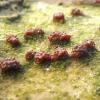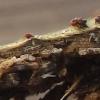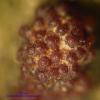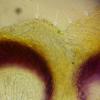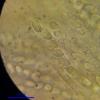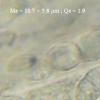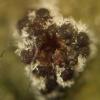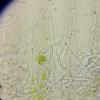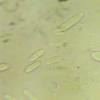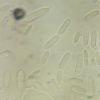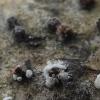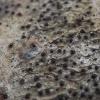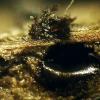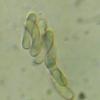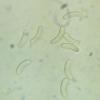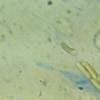
09-11-2025 13:20
Hello.A tiny ascomycete, appearing as erupting gra

08-11-2025 00:29
 Francois Guay
Francois Guay
I found this species in Quebec, Canada, on herbace

04-11-2025 09:07
Hello.A suspected Hymenoscyphus sprouting on a thi

04-11-2025 12:43
 Edvin Johannesen
Edvin Johannesen
Hi! One more found on old Populus tremula log in O

03-11-2025 21:34
 Edvin Johannesen
Edvin Johannesen
These tiny (0.4-0.5 mm diam.), whitish, short-stip
This spring, I found this species growing on the dead branches of Populus. I didn't see any anamorphs at first. I bred him, however, until the moment when conidia began to form on ascomat. I have no experience with them but it seems to me that Cylindrocarpon sp.
If so, then I should look for a solution like Neonectria. I am sure of the substrate, so most species that are attached to one host should be rejected.
Of the European species and growing on a different substrate basically I only have this one species ???
As usual, I could have missed something so I would ask for your opinion.
Mature spores slightly rough.
greetings
Mirek

Are ascomata on a stroma?
From the photos, this species seems fungicolous. Could you make a vertical section through a perithetical stroma and wood to see if there is a fungus host?
Regards
Christian
I didn't answer for a long time because I wanted to prove that you are right :)
I waited for something to grow from these white hyphae.
From what looked like Cylindrocarpon, ascocarp Lachnella began to grow.
Is it a parasitic species, I can not tell. Microscopic studies do not confirm this, but macroscopically it can be seen that the fruiting bodies of Nectriaceae grow on some other medium?
Maybe they are actually rootstocks of some other mushroom?
I attach photos. You have more experience with them. Maybe you can see something in my photos, although the sporocarps are very small, and the details are not clearly visible in the pictures.
Thank you and best regards
Mirek
Hello and welcome to all after a long time, but at the time of finding the mushrooms, I was unable to microscopy the Nectria host due to its poor condition. A few days ago I was in the same place and I took bark samples from the same substrate along with the species that was the host for Nectria.
Q = (3.1) 3.3 - 3.9 (4.2) ; N = 9
Me = 8.3 × 2.3 µm ; Qe = 3.6
8.25 2.10
8.08 2.45
7.78 2.23
8.56 2.30
9.02 2.33
8.41 2.44
8.55 2.03
7.96 2.56
best regards
Mirek



